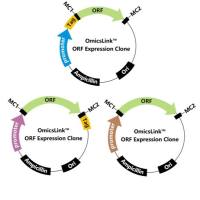Gender Differences in Heart Failure: Concerns for Drug Development
Congestive heart failure is a major health problem in terms of morbidity, mortality, increasing prevalence in the population, and economic burden to the health care system. The scope of the problem is evident by looking at the numbers (1 ): hospital discharges for heart failure increased 155.2% in the 20-yr period from 1979 to 1999, and currently there are about 4.8 million Americans living with congestive heart failure. There are over a half million new cases of congestive heart failure each year, and the incidence approaches 10% of the population after age 65. Heart failure follows a heart attack in 22% of men and 46% of women, and 75% of heart failure cases were preceded by hypertension, indicating a link between development of heart failure and previous myocardial damage or stress. The need for cost-effective therapeutic approaches is further reinforced by the economics of heart failure (Table 1 ). Ultimately, heart failure can only be treated by cardiac transplantation, which has dramatically increased in recent years (Fig. 1 ), and Current pharmacologic interventions at best can only slow progression of deteriorating heart function and provide symptomatic relief. Our inability to mitigate the progression of congestive heart failure is evident from mortality associated with the syndrome, ending in death within 8 yr for 80% of men and 70% of women. Although survival after diagnosis of congestive heart failure is worse in men than women, fewer than 15% of women survive more than 8–12 yr. Clearly, heart failure is a syndrome affecting both sexes, especially in the aging population, that would benefit tremendously from novel therapeutic approaches to management, particularly (Table 1 ) efforts to inhibit the progression of decompensation and restore contractile function.
![预览]()






